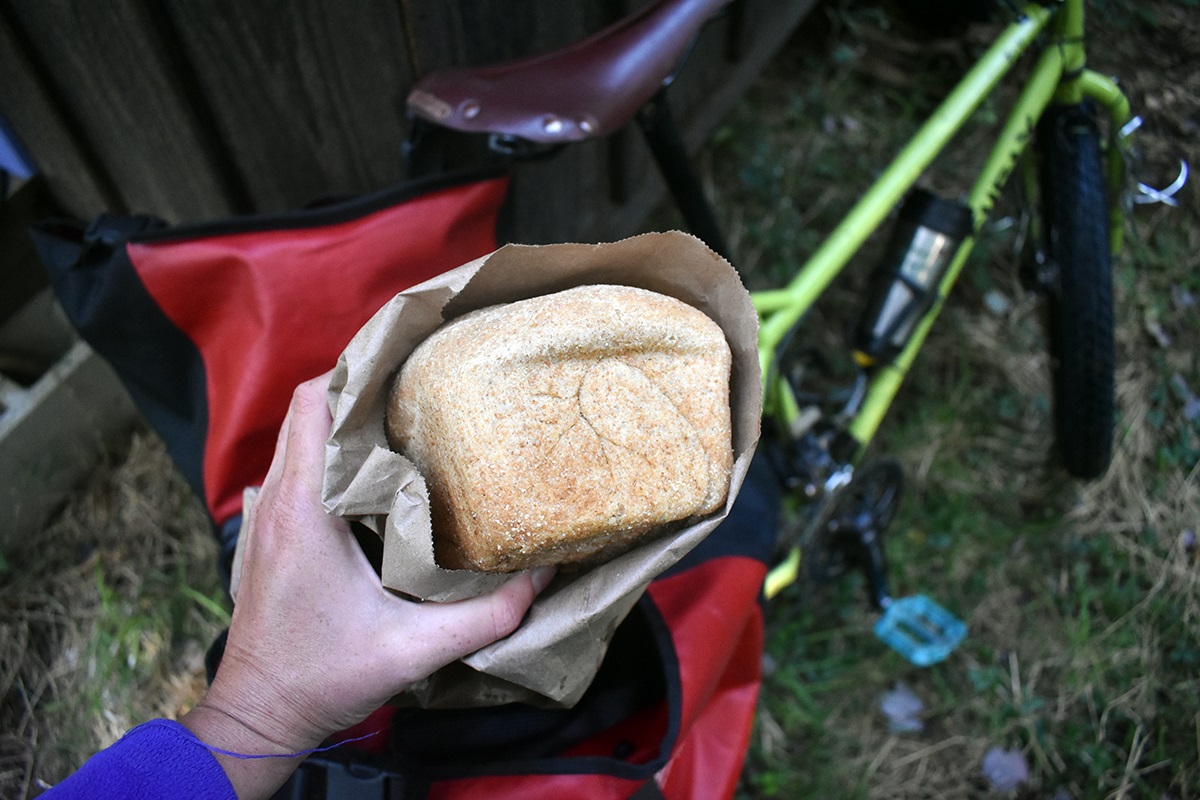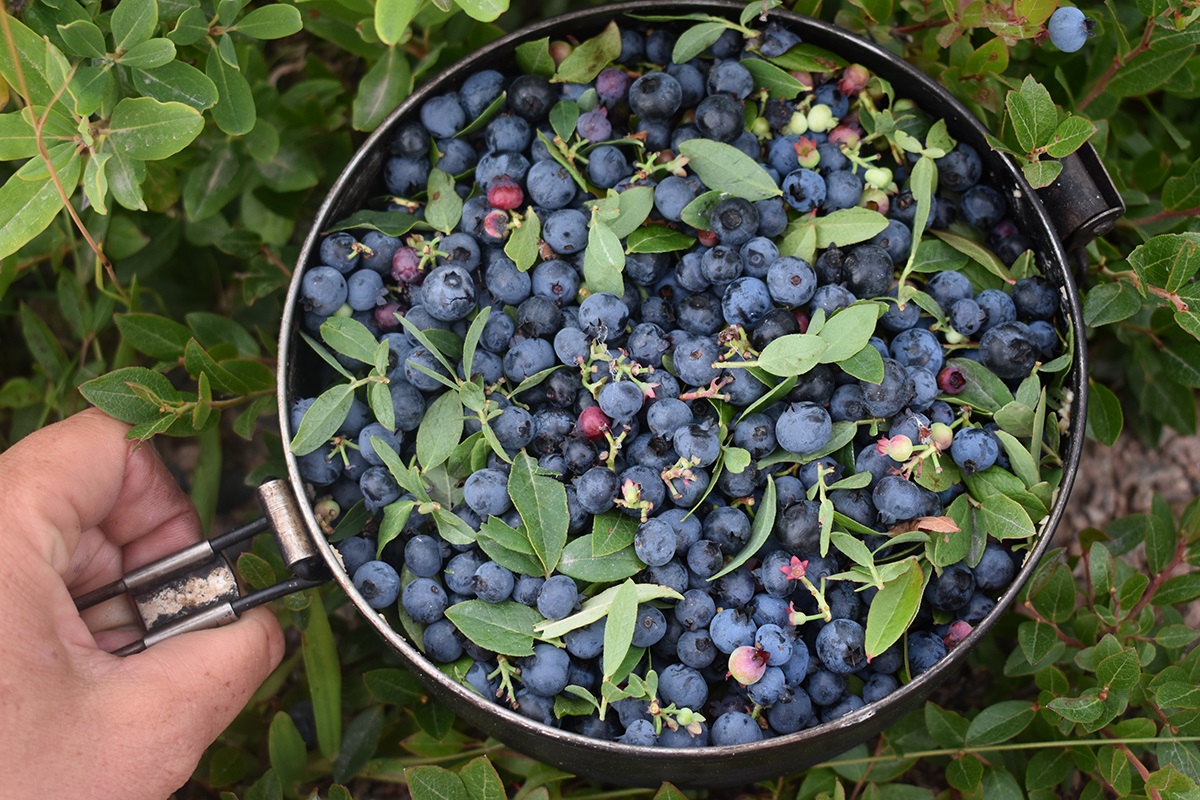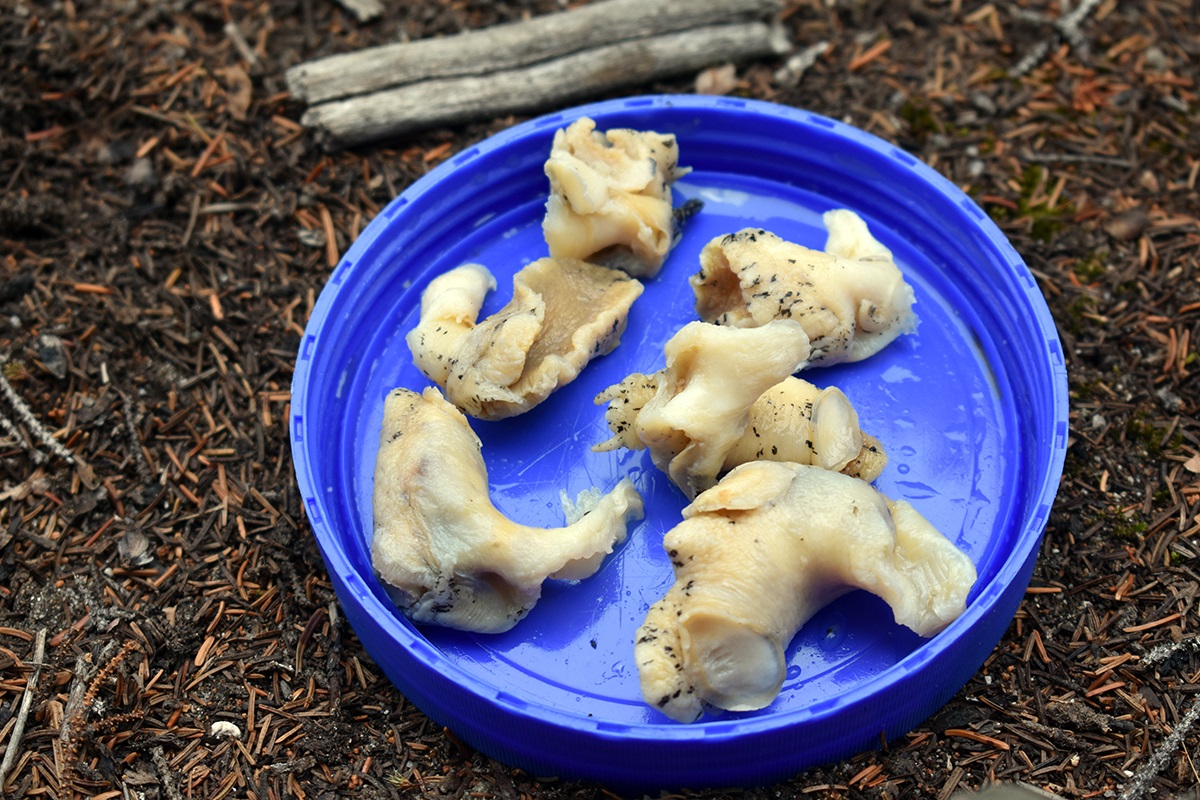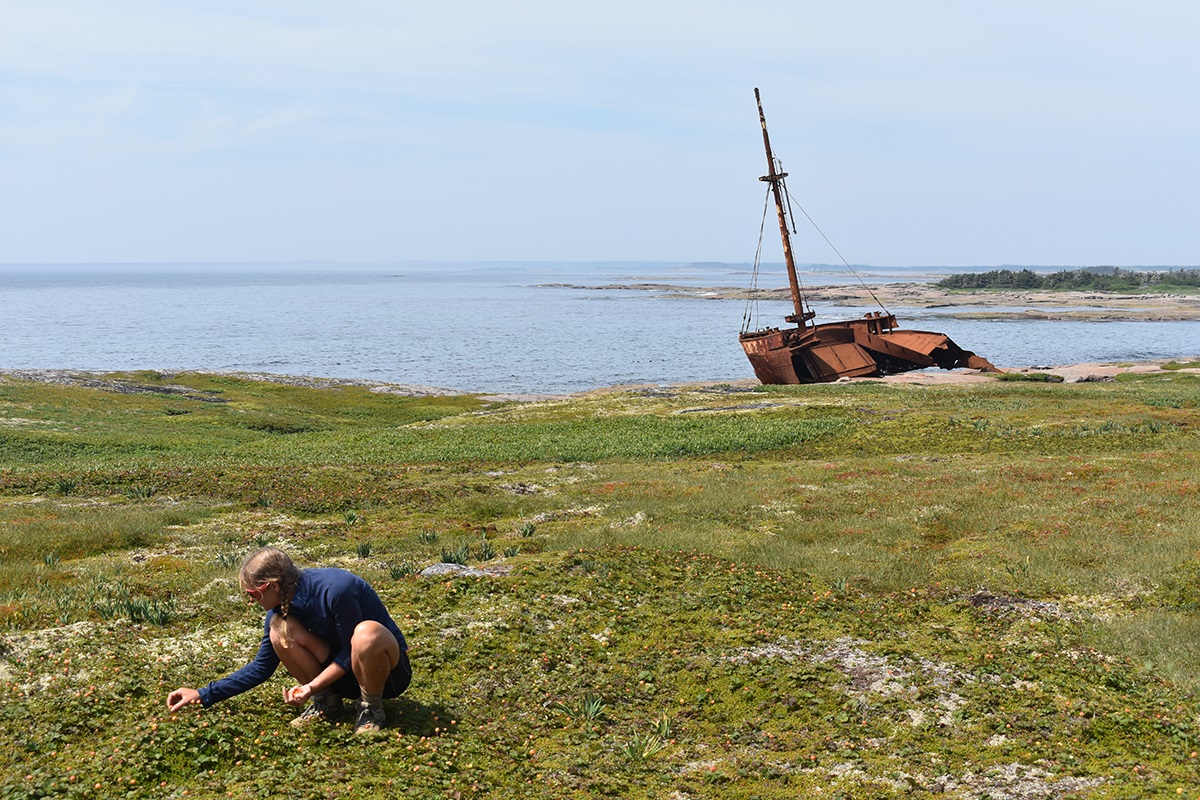Feasting Without A Stove
I was pedaling down the road in rural Quebec when a car pulled over in front of me. A man got out and waved for me to stop.
“Excuse me,” he said in a French accent. “Where do you eat?”
“I go to grocery stores,” I said.
“But you cook on a stove?" he asked.
“I don’t have a stove,” I said. “I eat bread and cheese and simple things.”
The man broke into an enormous grin. “I always wanted to know this!” he said. “I will do this, I will bike with bread and cheese!” He shook my hand vigorously, got back in his car, and drove away. I got back on my saddle and kept pedaling toward Labrador.

There are lots of ways to go adventure cycling. Some people stay in hotels and eat at restaurants. Other people camp, carry a stove, and cook meals in the backcountry. I’ve always been a rustic cyclist. I travel on a low budget and don’t worry much about planning. My strategy is simplicity: throw some things in a bag, pedal away, and see where I end up. I don’t always follow the best route or eat five-star food, but I enjoy my simple days of riding.
I almost never bring a stove on long bike trips. I hate carrying extra gas canisters or searching for new ones. For me, it’s easier — and therefore more enjoyable — to eat cold foods or cook over campfires. I love rolling into camp, popping up the tent, and eating immediately. And now and then it feels wonderfully luxurious to heat food up over a campfire.

If I’m only bike camping for a night or a weekend, I do often bring a Jetboil stove. In the mornings I boil water for coffee and oatmeal, and in the evenings I heat up homemade dehydrated meals. This is quick, easy, and doesn’t require much planning. If I’m traveling with a partner, I sometimes also bring a stove to make them feel more comfortable. But if it’s just me alone on the road for weeks or months, I’m always stove-free.
It’s really up to you if you want to carry a stove or not. If you’re thinking about leaving without one, here are some of my standby grocery lists. Just buy more or less depending on the number of days between grocery stores.
Grocery list for when I’m biking in the U.S.
- Granola and powdered milk
- Loaf of bread or bag of bagels
- Cheddar cheese (or any aged, dry cheese)
- Stick of pepperoni or other cured sausage
- Peanut butter (or any nut butter)
- Crackers or tortillas
- Energy bars
- Dried fruits
- Mixed nuts
- A few fruits/vegetables to eat right away
- A few treats like chocolate, Nutella, cookies, or pastries
- Powdered Gatorade
Depending on what’s available, sometimes I switch it up with other things.
- Hummus or other sandwich spreads
- Sardines, tuna, or other preserved meats
- Pickled eggs
- Refried beans (sold in small bags in the Latin section)
- Jerky
- Pizza or foccaccia
- Honey
If I think I’ll be able to build campfires I might add the following.
- Couscous or other instant pasta
- Instant soup
- Instant rice/beans
- Dehydrated vegetables
- Hot chocolate mix
Whenever I stop at a grocery store, I also buy fresh foods that I can eat that day.
- Sandwich materials
- Fruits and vegetables
- Yogurt
- Juice
- Chocolate milk
And I often end up with something completely impractical that I later regret.
- An entire rotisserie chicken
- Two dozen donuts
- A large cake
- A tub of ice cream
- A dozen raw eggs
(Hint: these are not good choices.)
Bike Camping Outside of the U.S.
If I’m biking outside the U.S., I eat whatever fresh or preserved foods are available. In Iceland, I ate a lot of dried fish with butter. In Quebec, it was brined sea snails. And throughout Latin America, I hoarded tamales and roasted plantains. I’m always on the lookout for new foods that travel well.

Wherever I’m cycling, I make a point to stop at fruit or vegetable stands for snacks. This helps balance out my diet and also supports local farmers. I’ll never forget the tangy sweetness of fresh strawberries in eastern Canada or the taste of coconut water on the roadside in Costa Rica. These treats make a big difference when I’m biking for weeks or months at a time. Local foods are always fresher and better in every possible way.
I also enjoy foraging for edible herbs and berries. This motivates me to learn about local plants and pay attention to new landscapes. I brake hard for blueberries. And raspberries. And blackberries. And cloudberries. These sudden stops can either be interesting or annoying for whomever I’m biking with. (But so far no one has ever complained about the yumminess!)

Depending on your budget, you can make cold food pretty gourmet. Some of the world’s most revered dishes are fermented and preserved for long-term storage: think artisan salami, smoked Gouda, aged Parmesan, specialty crackers. These foods all have a relatively low water content and are made to last. Local variations are unique and delicious. I don’t think I could ever get tired of eating multi-grain flatbreads with cured meats and cheeses every day while cycling. And if it’s also blueberry season, I might finally be a real foodie.


